Things to do in LA
LA’s new Academy Museum of Motion Pictures takes visitors deep into the industry at the city’s heart.
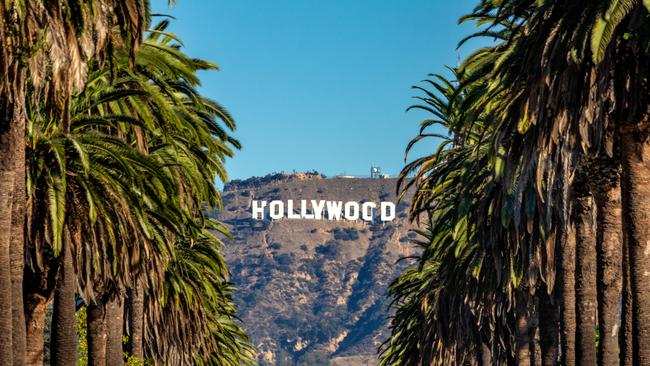
Los Angeles is an industry town defined by movie-making in all its glittery glory, with a uniquely fabled past and a studio ecosystem of power brokers and creatives that keeps the Dream Factory thriving. After 10 years in the making, the world entertainment capital has finally got its first film museum, the Academy Museum of Motion Pictures. This $US484m ($700m) celebration of the cinematic artform is a seven-storey, 28,000sq m concrete and glass temple on Wilshire Blvd’s Museum Row. Opened last year, it draws on a reservoir of Hollywood star wattage and goodwill bigger than the Top Gun sequel’s opening weekend ticket sales.
“It’s shiny, new, enormous and crammed with about 125 years’ worth of ideas, dreams and life-changing cinematic experiences,” summed up actor Anna Kendrick at the launch. “You will see the greatest clips of all time here,” enthused megastar Tom Hanks, co-host of the launch special on ABC in the US, alongside fellow performers Annette Bening and Laura Dern.

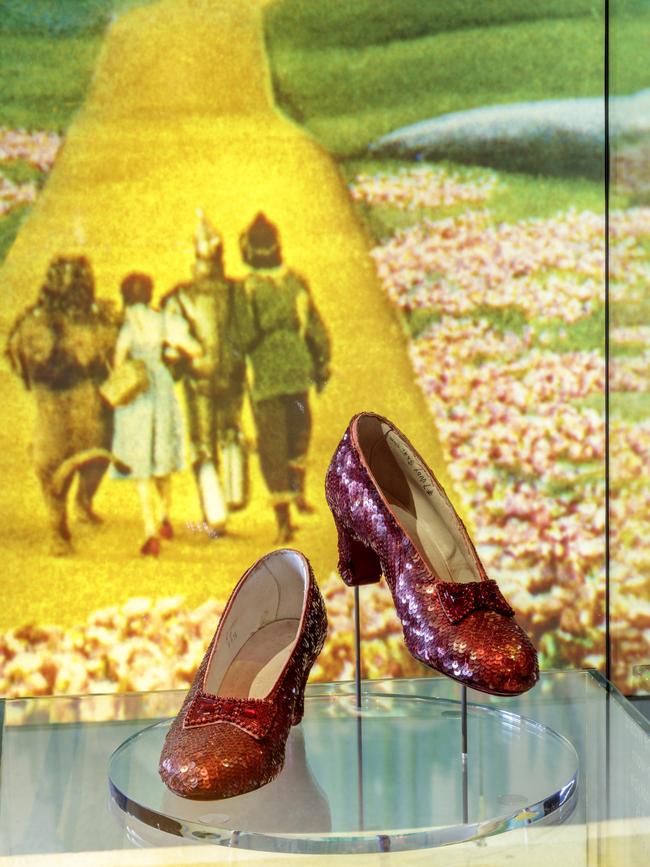
“A first-time museum dedicated to the arts and sciences of motion pictures is going to be a very big deal,” said Hanks, who is also a museum trustee. “I am Spartacus!” he added jokingly, referencing the kind of movie moment that has become part of popular culture.
The museum’s airy, vaulted height and the exposed concrete in the Sidney Poitier Lobby conjure cooler-than-thou modernity. Renowned Italian architect Renzo Piano has reimagined the original 1939 Saban department store, built in the Streamline Moderne style of art deco cruise-liner curves. Piano’s addition of a spherical glass-domed theatre that seats 1000, with a terrace overlooking the Hollywood sign, is perfectly suited to the business of make-believe. Entering via the suspended walkway feels cinematic, like boarding a spacecraft.
The complex comprises six floors of exhibition and education spaces, two theatres, a conservation studio, museum store and restaurant Fanny’s. The eatery, named after the legendary vaudeville star portrayed by Barbra Streisand in Funny Girl (1968), lures its own foodie crowd with craft cocktails and tomahawk steaks cut at the table.
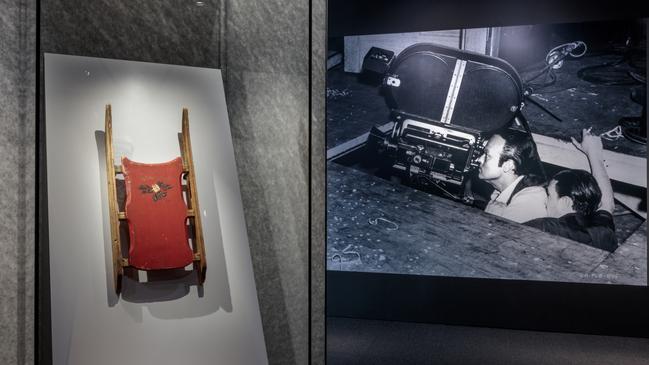
Exhibitions reflect the labour and love behind the cinematic artform. The core exhibit, Stories of Cinema, dims the lights and immerses visitors in montages of clips that span movie history. We all grew up with our own highlight reel. Here, the scope widens to embrace film’s earliest days. Rare silent films from the proto-cinematic 1900s reveal an era in which visually recreated reality was such a novelty, dialogue wasn’t even a consideration. A kaleidoscope of Poirot moustaches, flappers in race cars and tinkling piano music as the sides of a house fall down are intoxicatingly innocent. As decades fly by, cultural shifts come into focus. Jazz Age chorus lines of dancers dressed to mimic the Manhattan skyline are unapologetically escapist. Prized Golden Age scenes such as The Wizard of Oz’s Dorothy skipping down The Yellow Brick Road, Bogey winking “Here’s looking at you kid” or the eerily uncontrollable computer Hal in 2001: A Space Odyssey are defining moments that resonate still. Then, we go behind the curtain – itself a reference to The Wizard of Oz and the furiously pedalling wizard that lies behind all grand illusions – to how movies are made. The Path to Cinema showcases the optical lanterns, zoetropes and other contraptions that predate cinema’s invention. They help us to understand the seismic moment when the Lumiere brothers projected the first “moving pictures” to a paying audience in 1895 Paris.
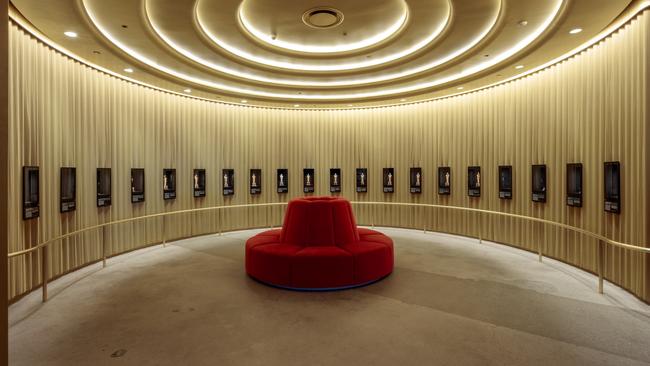
A floor-to-ceiling projection shows the medium’s extraordinary development as a visual language. Three “down-the-barrel” sequences, viewed side-by-side, illustrate components of cinematography seen through the prism of different directors. Gwyneth Paltrow in The Royal Tenenbaums stares straight at the camera, next to ageing silent movie goddess Norma Desmond and Toshiro Mifune, one of the Seven Samurai.
Other vignettes deconstruct at a granular level, displaying musical scores and sketches of makeup, costume and set design, or mapping the driving sequences of a chase scene. You can easily imagine a 1950s editor winding celluloid film though the giant spools and levers of an analogue-era editing desk. Some objects have a talismanic magic, such as the draft script of Orson Welles’s towering achievement Citizen Kane (1941) and the film’s Rosebud sled (one of three made), so central to the eponymous antihero’s search for meaning.
Gallery space is dedicated to the filmography of a rotation of movie-makers; opening exhibitions include the work of US independent director Spike Lee and martial arts champion Bruce Lee. Visitors can also gain insights into a director’s central themes via a media installation designed by the auteurs themselves. Currently on show is Spanish director Pedro Almodovar and the evolution of his distinctive neo Spanish noir. Original art, storyboards and set pieces provide a fascinating peek inside the creative process.
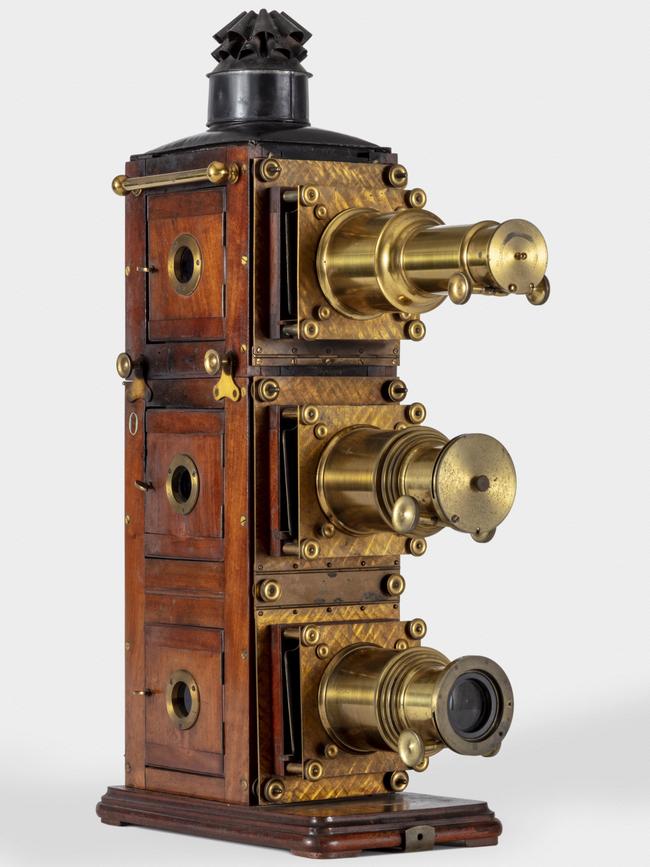
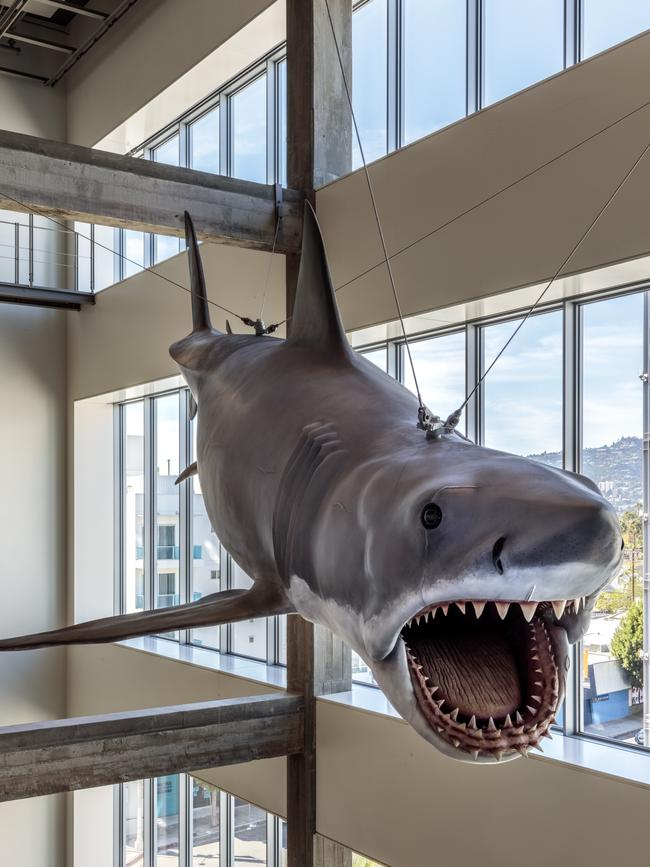
Often-overlooked crew members get their time in the klieg lights, too. The craft of editing is explored – hail, Thelma Schoonmaker, responsible for the famous pacing in Martin Scorsese’s breathtakingly seductive narratives – while a look at superimposition shows Paul Newman’s face fading into a pool-table shot in The Color of Money (1986).
Chief artistic and programming officer, Jacqueline Stewart, is part of the female-led curatorial team at the museum. In an era when overhauling “the canon” has become an opportunity to embrace diversity, Stewart seeks to tap into cinema’s “unique ability to galvanise dialogue and cultivate empathy”. The institution’s political intent to honour those overlooked is clear. African-American writer, producer and director Oscar Micheaux, who produced a miraculous 44 films in the Jim Crow era, pioneering German animator Lotte Reiniger, and MGM’s longtime editor Blanche Sewell, who helped create the dreamlike quality of The Wizard of Oz, have always been ready for their close-up. Now, they get it.
Those attracted to the glitz and glam will enjoy the peacockery of the costume exhibits, such as Cher’s nose-thumbing Bob Mackie gown worn at the Academy Awards in 1986, or an Elton John feathered extravaganza from Rocketman (2019). A curvilinear art deco room full of Oscars is Insta-irresistible. A clever simulation creates the experience of being on the Dolby Theatre stage to receive your own Oscar, basking in applause while feeling the weight of the statuette.
The museum shop’s treasure trove of goodies has more whimsy than the generic “postcard-n-pencil case” go-tos, with pop-ups from LA-based artists, film soundtracks on new vinyl, toys and cinematic fashion tributes from surrealist label Moschino.
The candy store-style of TV streaming may have stripped movie selection of all context, but a visit to the Academy Museum is ideal for those who seek to be transported, like Judy Garland clicking the heels of her ruby slippers, to a time when a trip to the movies was the ultimate magic carpet ride.
In the know
The Academy Museum of Motion Pictures is at 6067 Wilshire Blvd, Los Angeles. Open daily, 10am-6pm; 8pm on Friday and Saturday. Tickets must be reserved online; $US25 for adults, $US19 concession, children 17 and under free. The Oscars Experience costs $US15.

To join the conversation, please log in. Don't have an account? Register
Join the conversation, you are commenting as Logout